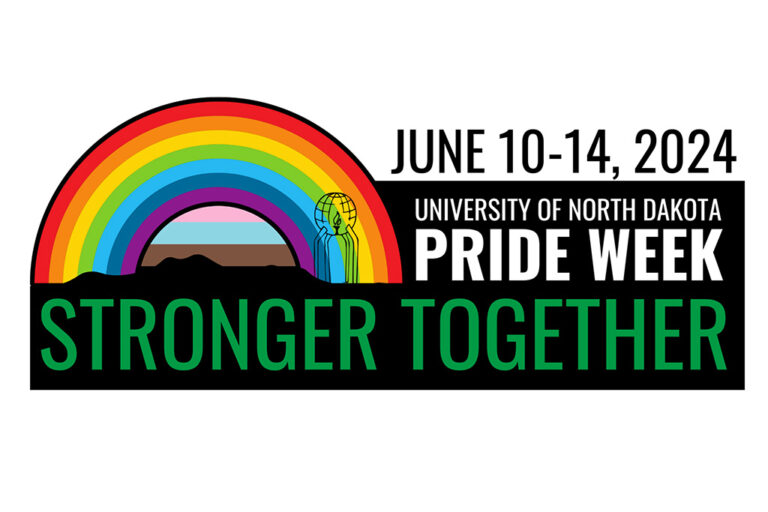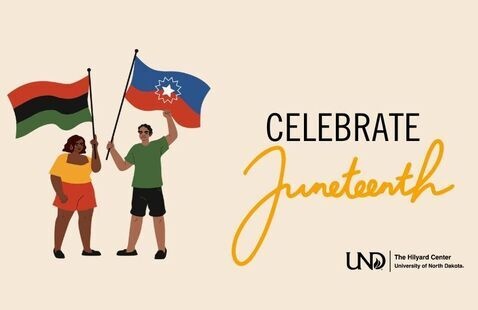Summer Institute of Linguistics celebrates 60 years of language training excellence
“It was UND’s idea to start this program here,” said Albert Bickford, director of the UND-SIL. “The SIL program here is accredited–not all SIL programs are–and all of the courses carry UND course numbers and are approved by curriculum committees.”
Bickford, who came to UND as a student in 1978 and was a teaching assistant in linguistics in 1980, has been director since 2004. UND faculty have been involved in one way or another since the program was launched. The program is run independently but is affiliated with the College of Arts and Sciences and the Graduate School. This year’s SIL session comprises 220 students, faculty, and staff, including day care staff. Of that total, 117 are students.
“Around the world, SIL members do language description and basic linguistic research, we publish dictionaries, grammars and other linguistic references, and we help people develop writing systems and translate the Bible into their own languages,” said Bickford, an Owatonna, Minn., native and himself a long-time language scholar. “We also have a major Web site that publishes a lot of our material (www.sil.org).”
Among the languages taught and studied are various sign languages, including American Sign Language, Bickford said.
“Sign languages have almost all the characteristics of spoken languages, but they’re also different,” Bickford said. “For example, American Sign Language is very different from English, but it’s similar in some respects to languages such as Chinese and Hebrew–it’s got its own unique mix of grammatical structures. In some ways, sign languages around the world are like each other–for one thing, with a sign language you use your hands instead of your mouth to convey meaning.”
It’s this core fascination with and understanding of language in general that drives the SIL program, which shares its linguistic expertise with cadres of dedicated students. Those who attend the SIL program at UND live within a learning community together with faculty and staff.
Among the accomplishments celebrated this year is a translation of the Bible into the Peruvian Quechua language done by SIL faculty members and husband-and-wife team David and Diana Weber. They’re both translators and linguists and literacy and education experts who collaborated on this effort, the first full Bible in the Quechua language, Bickford noted. The translation was done with the help of local Quechua people.
“We find that such work tends to go faster when local folks are involved, and more important, it is their work, something they can claim as their own” Bickford said.
The UND-SIL program has about 20 different courses, organized into several different “packages,” for example, the basics of linguistics. Some students have completed a bachelor’s degree before attending SIL and they’re preparing to work for some organization.
“Some will come back for several summers and do an MA degree,” Bickford said.
Among the background facts that Bickford noted was that UND President Robert Kelley was a teaching assistant in a class at the University of California-Berkeley that SIL President John Watters took in the late 1960s. Kelley and Watters recently signed a UND-SIL cooperative agreement that renews the SIL relationship for another five years, Bickford said.
— Juan Miguel Pedraza, writer/editor, University Relations, 777-6571, juan.pedraza@email.und.edu.


